 |
You never know where or when significant historical artifacts will turn up. Some very early photographic portraits were recently found in an unheated shed on Long Island in New York. The found photographs may be some of the very first portraits captured in the United States.
In 1839, the daguerreotype process was introduced by its namesake, Louis Daguerre, in France. It was the first publicly available and commercially viable photographic process. Although eventually replaced by more affordable, easier processes, many daguerreotypes were made in the 1840s and 1850s. In the US, the race was on to turn Daguerre’s process into a money-making venture.
 |
| ‘Henry Fitz Jr. (1808-1863). The ‘Profile View’ taken with the Wolcott mirror camera, January-February 1840. Housed in a heavy brass frame identified in pencil on verso “Henry Fitz Jr. of New York and Baltimore. 1808-1863.’ Image and caption credit: Hindman Auctions |
Henry Fitz Jr., Alexander Wolcott and John Johnson pulled it off. Fitz Jr. patented the first American camera and opened the first photographic portrait studio in the country. Fitz Jr. was a telescope maker in New York City. His understanding of optics gave him a significant advantage over would-be competitors.
The trio began collaborating on their photographic venture in late 1839. In early 1840, Fitz was the subject of some of the earliest successful photographic portraits ever taken. In June of 1840, Fitz opened a portrait studio in Baltimore, Maryland, cornering the market, at least for a time.
 |
| ‘The ‘Eyes Closed’ Portrait of Henry Fitz Jr. (NMAH Cat No. 4114A). Probably taken in JanuaryFebruary, 1840 with the Wolcott mirror camera.’ Image and caption credit: Hindman Auctions |
Some of the earliest photos taken by Fitz, Wolcott and Johnson were housed in that shed on Long Island. The photos will be going up for sale by Hindman Auctions. The auction house says, ‘The cache of daguerreotypes offered here – along with the existing Fitz group at the National Museum of American History – is the largest group of images produced by a single photographer from the pioneering era of photography in America (1839-1842). In this regard it is unique. While single images from this period exist, most are anonymous, undated and orphans floating in the historical ether. By contrast, the Fitz archive can be quite tightly dated to have been produced between about January 1840 and the fall of 1842. It was during these 36 months that photography in America sprang to existence and emerged as a commercial enterprise.’
 |
| ‘Julia Wells Fitz (1814-1892), wife of Henry Fitz. Ninth plate daguerreotype, housed in red leather side opening case, with heavy brass mat. With delicate tinting of cheeks and lips; dress with fugitive blue tinting. Not removed from case. The identification of this image is based on the similarity between the sitter and the oil painting of Julia Wells Fitz included in this archive.’ Image and caption credit: Hindman Auctions |
The collection holds immense historical and cultural significance. While Fitz, Wolcott and Johnson were not the creators of the daguerreotype process, of course, they were at the forefront of its adoption and growth. It’s also one of the more complete collections of photographs from that time frame.
You can read the full details about the auction listing by visiting Hindman. A digital catalog about the listing is available for viewing here. In-person bidding will begin on November 15 by appointment only.
Articles: Digital Photography Review (dpreview.com)


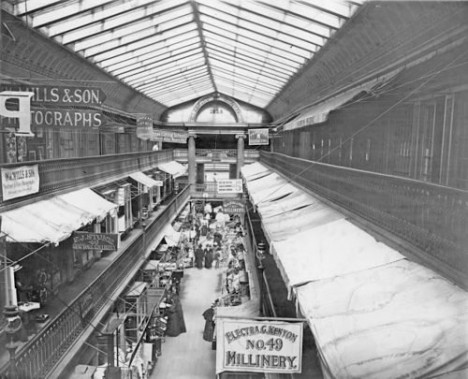
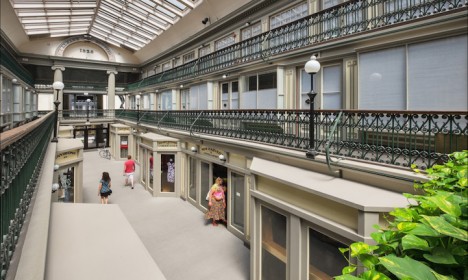
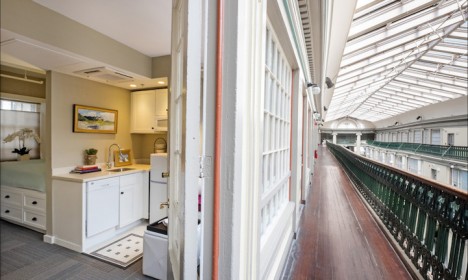

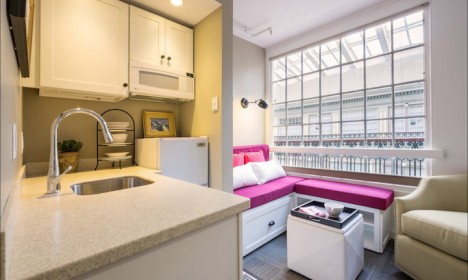

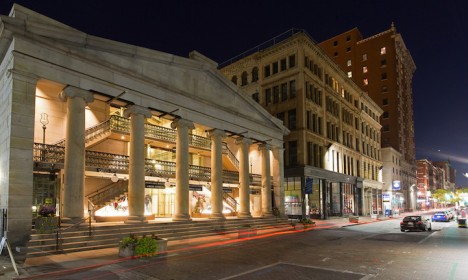
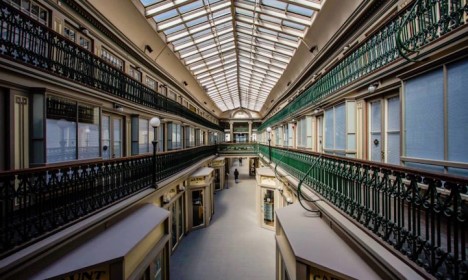







You must be logged in to post a comment.